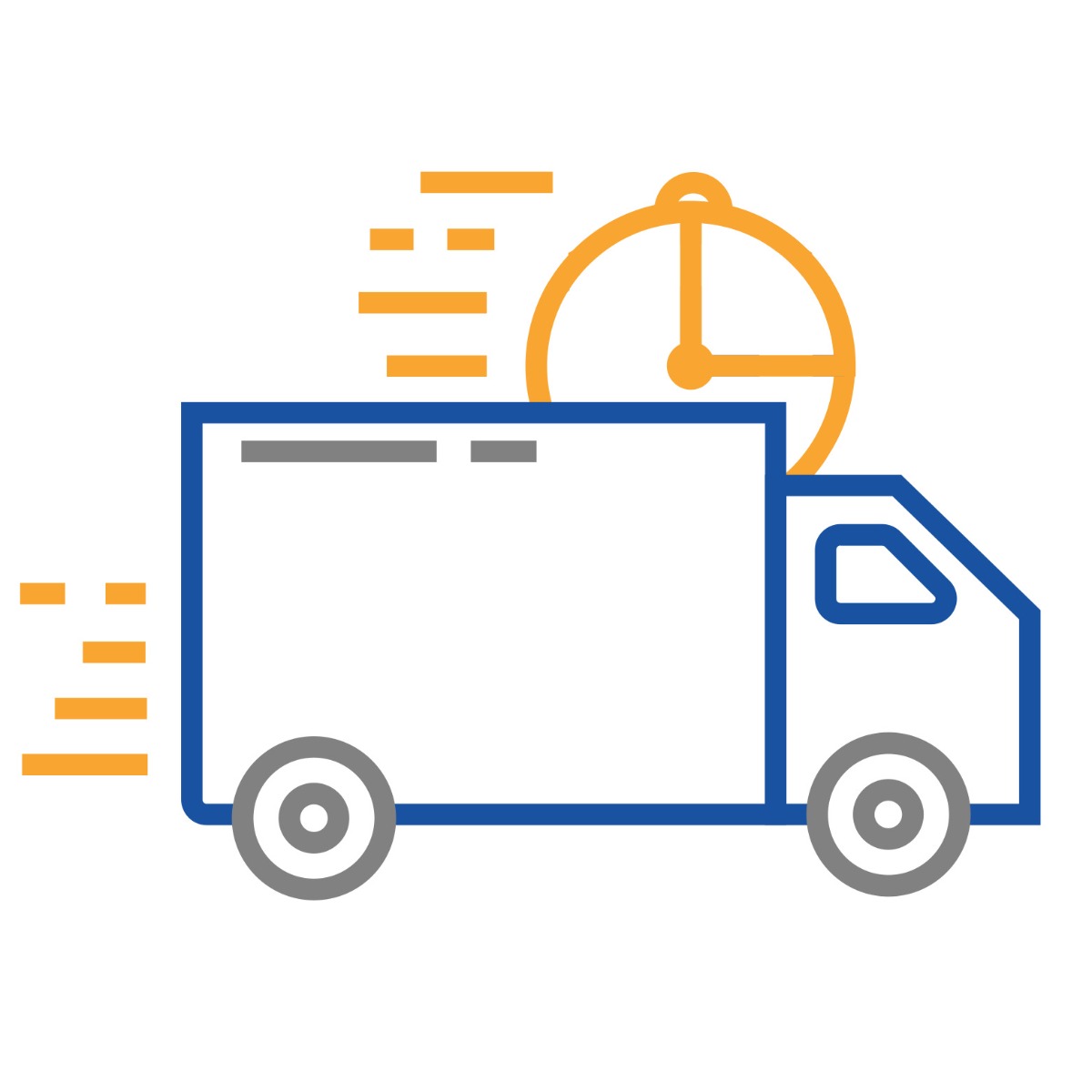Essential Counter Surveillance Techniques to Prevent Unauthorized Data Access

In the digital age, where data is as valuable as currency, safeguarding information against unauthorized access is paramount. The rise in cyber threats, ranging from sophisticated hacking attempts to simple phishing scams, necessitates a robust approach to counter surveillance.
This article delves into essential techniques individuals and organizations can implement to protect their digital assets. Understanding and applying these counter surveillance techniques is not just about preventing data breaches; it's about creating a secure digital environment in an increasingly interconnected world.
Why Counter Surveillance is Paramount:

The digital revolution has transformed how we live and work, but it has also opened the door to new forms of risk, particularly in terms of data security. In this landscape, counter surveillance is not a luxury but a necessity. The reason is simple: personal or corporate data is valuable. It's the cornerstone of privacy, competitive business advantage, and, sometimes, individual security.
As technology advances, so do the techniques used by hackers and cybercriminals. These entities constantly find new ways to exploit vulnerabilities through sophisticated malware, social engineering, or network intrusions. The impact of these attacks can be devastating, ranging from financial loss to reputational damage and even legal repercussions. Personal data breaches can lead to identity theft and significant privacy violations.
Counter surveillance equipment and measures serve as a shield against these threats. They involve not just technological solutions but also a mindset of vigilance. By adopting strong counter surveillance practices, individuals and organizations can protect their data's confidentiality, integrity, and availability.
These practices help anticipate, identify, and mitigate threats before they can cause harm. Counter surveillance is a critical component of a comprehensive security strategy in our increasingly digital world.
Effective Strategies for Data Protection:
In an era where digital information is a prime asset, protecting it becomes a top priority. The strategies for data protection are varied and need to be comprehensive. Here, we delve into some of the most effective tactics.
1. Regular Software Updates: A Must for Security

Regularly updating software is a crucial step in safeguarding data. These updates often patch security vulnerabilities that hackers could exploit. Neglecting software updates leaves systems exposed to known threats. This applies to operating systems and all software used, including applications and security tools.
Automatic updates should be enabled wherever possible to ensure timely protection. It's a straightforward yet vital practice: keeping software up to date is one of the easiest and most effective ways to protect against a wide array of cyber threats.
2. Strong Passwords: Your First Defense Line

Simple, predictable passwords are a significant liability. They can be easily cracked through brute force or guessed using personal information. Creating complex, unique passwords for each account is a fundamental security measure. These passwords should ideally be a mix of letters (both upper and lower case), numbers, and symbols.
Avoid common words, phrases, or easily guessable information like dates of birth. Using a password manager can help manage the complexity by storing and generating strong passwords. Changing passwords regularly and not reusing them across different accounts further strengthens this defense line. Strong password practices form the first and often most crucial barrier against unauthorized access to personal and business data.
3. Two-Factor Authentication: An Added Security Layer

Two-factor authentication (2FA) significantly enhances security by adding a second verification step in the login process. Even if a password is compromised, 2FA can prevent unauthorized access. This secondary layer usually involves something the user knows (like a password) and something the user has (like a mobile device receiving a text message with a code).
Many online services offer 2FA options, including SMS verification, email codes, or authentication apps. Enabling 2FA on all critical accounts, particularly those containing sensitive or personal information, is a powerful tool in the data protection arsenal. It's a simple step that can dramatically improve the security of your digital accounts.
4. Regular Backups: Safeguarding Against Data Loss
Backing up data regularly is crucial for recovery in a breach, ransomware attack, or system failure. These backups should be made frequently and tested regularly to ensure they can be restored successfully.
The best practice is to follow the 3-2-1 rule: keep three copies of any important file (one primary and two backups), store the files on two different media types, and keep one backup copy offsite.
Cloud storage solutions can be used for offsite backups, providing easy access and additional security. Regular backups protect against data loss and provide peace of mind, knowing that critical information can be recovered should the need arise.
5. Beware of Phishing Scams: The Art of Deception
Phishing scams, where attackers masquerade as a trusted entity to trick individuals into disclosing sensitive data, are increasingly sophisticated. These scams often come in emails, messages, or phone calls that seem legitimate but are designed to steal personal information, login credentials, or financial details.
Educating yourself and your staff on the signs of phishing is crucial. This includes being skeptical of unsolicited requests for information, checking email addresses for authenticity, and not clicking on suspicious links or attachments.
Regular training sessions and simulated phishing exercises can help raise awareness and prepare individuals to recognize and respond appropriately to these deceptive tactics.
6. Secure Wi-Fi Networks: Don't Overlook the Basics

If not properly secured, Wi-Fi networks can be exploited for unauthorized data access. It's vital to ensure your Wi-Fi network is encrypted using protocols like WPA3, the latest security standard. Changing the default network name and password, disabling network name broadcasting, and regularly updating router firmware are essential steps in securing a Wi-Fi network. For businesses, implementing a separate network for guests can help protect corporate data.
Additionally, using a virtual private network (VPN) can add an extra layer of security, especially when accessing public Wi-Fi. This encrypts data transmission, making it difficult for hackers to intercept and read information.
Advanced Techniques in Counter Surveillance:
To achieve heightened security, advanced counter surveillance kit and techniques are indispensable. Employing Virtual Private Networks (VPNs) is crucial, as they create a secure, encrypted tunnel for data transmission, shielding activities from external observation and interception.
Similarly, end-to-end encryption is vital, ensuring that data remains encrypted during its entire journey from sender to receiver, rendering it unreadable to anyone who intercepts it.
Additionally, conducting regular security audits is a proactive measure. These audits help identify and rectify vulnerabilities within a system or network, keeping the security measures up-to-date and effective against evolving cyber threats.
Regular Training: Keeping Up with Cyber Threats:
Continuous education and training in cyber threats and counter surveillance is a cornerstone of the effective digital defense. The landscape of cyber threats is ever-changing, with new vulnerabilities and attack methodologies emerging constantly.
Regular training ensures that individuals and teams are aware of the latest threats and the best practices for preventing them. This training should include technical aspects and awareness of social engineering tactics.
A well-informed team is significantly more equipped to recognize, respond to, and prevent unauthorized data access, making education a key component of any comprehensive security strategy.
FAQs:
1. What is counter surveillance in the context of data security?
Counter surveillance in data security refers to measures taken to prevent unauthorized access and monitoring of sensitive information. It involves using technology and strategies to protect against cyber threats, ensuring data privacy and integrity.
2. How does a VPN enhance data security?
A VPN (Virtual Private Network) enhances data security by encrypting internet traffic. This encryption makes it difficult for hackers to intercept and read your data, providing a secure connection, especially when using public Wi-Fi networks.
3. Why are regular software updates important for security?
Regular software updates are crucial as they often include patches for security vulnerabilities. These updates fix flaws that hackers could exploit, maintaining the software's defense against the latest threats.
4. How does two-factor authentication protect against unauthorized access?
Two-factor authentication adds an extra layer of security by requiring a second form of verification, like a code sent to your phone, in addition to your password. This makes it much harder for unauthorized users to gain access, even if they know your password.
5. What are the risks of using weak passwords?
Weak passwords are easily guessable or crackable, making it simple for hackers to gain unauthorized access to your accounts. This can lead to data breaches, identity theft, and other serious security issues.
6. Why is ongoing training important in countering cyber threats?
Ongoing training is essential because cyber threats are constantly evolving. Regular training updates individuals and teams on the latest threats and the best defense strategies, keeping them one step ahead of potential cyber-attacks.
Conclusion:
The necessity for robust counter surveillance techniques in today's digital landscape cannot be overstated. Regular software updates, strong passwords, and two-factor authentication are foundational steps in creating a secure digital environment.
While simple to implement, these strategies play a crucial role in safeguarding data from the ever-evolving threats of the digital age. By staying informed and proactive in applying these techniques, individuals and organizations can significantly reduce the risk of unauthorized data access.
Ultimately, the goal is not just to react to cyber threats but to create a culture of security mindfulness that anticipates and mitigates risks before they materialize. If you need gadgets to keep the surveillance strong, Zetronix is the best place to get them.




